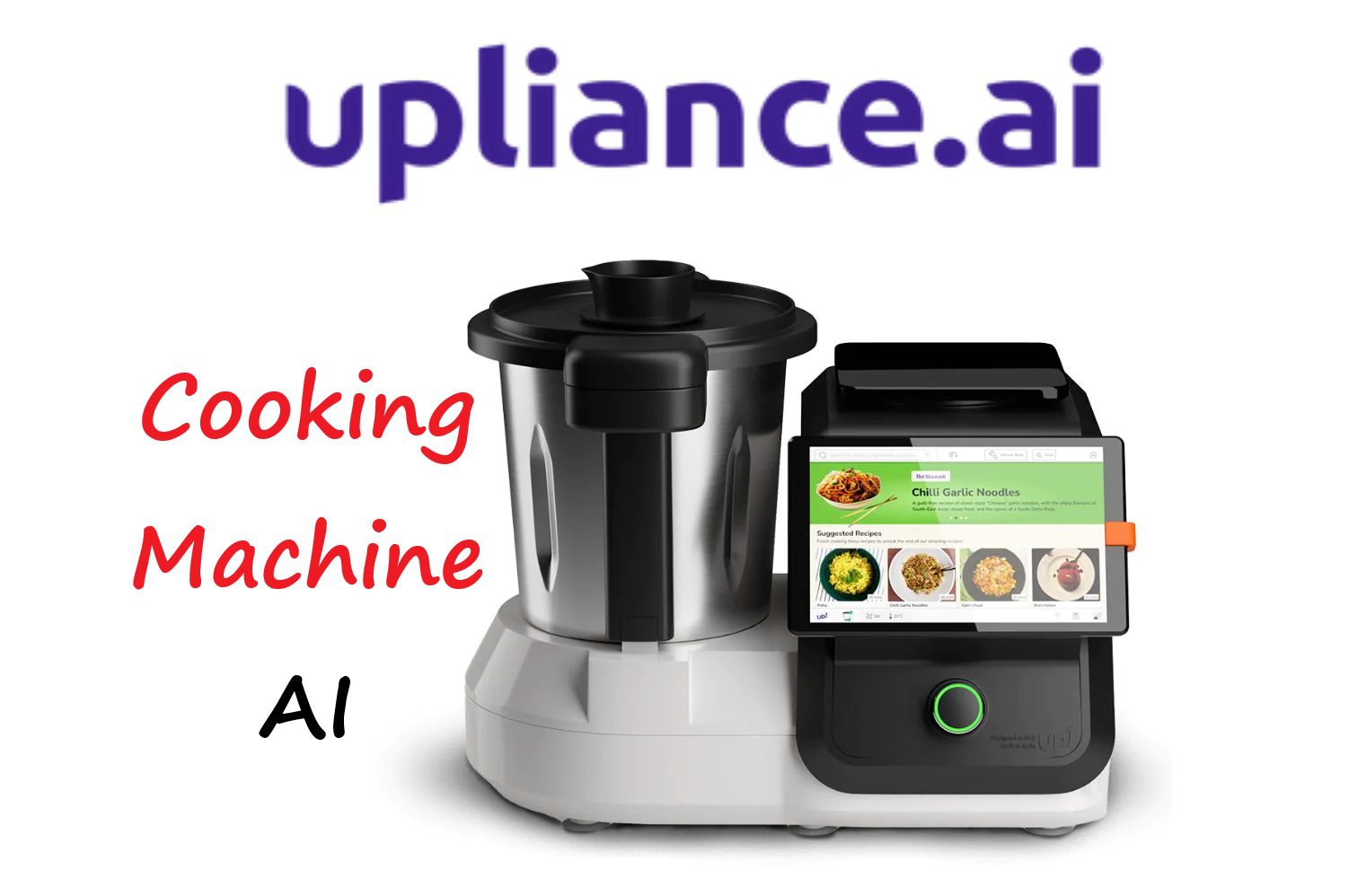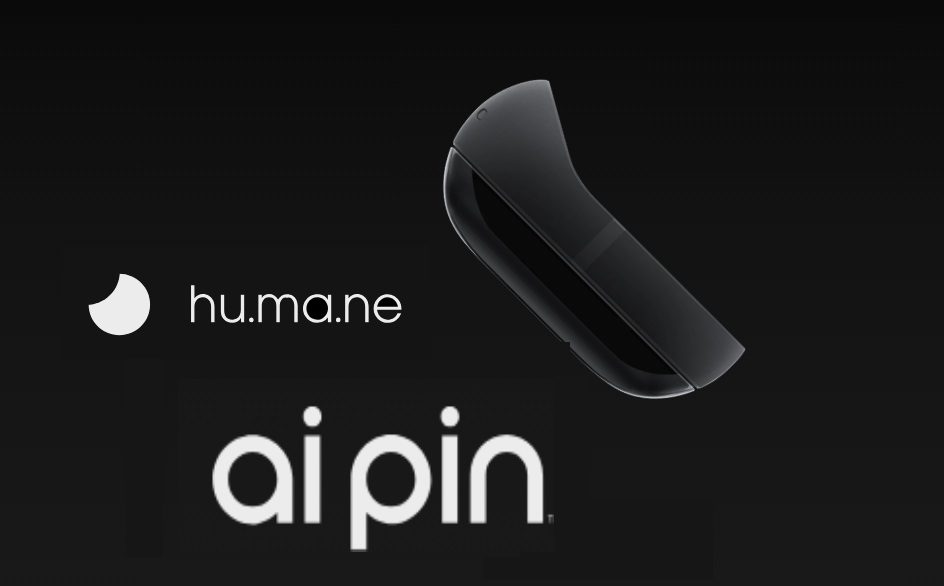🛒💰 Retail
When you walk into a store or browse a shop online, the prices you see are the result of a carefully thought-out process known as retail pricing or consumer pricing. Essentially, this involves setting a price point for products that covers costs, competes fairly in the market, and appeals to you, the consumer. The strategy behind it balances profit margins while aiming to attract and retain customers like you. Whether it’s the latest gadget or your weekly groceries, the price tags reflect both the value of the item and what the market will bear.
Retail pricing refers to the strategy businesses use to set the cost of their products for sale to consumers. This price point is not arbitrary; rather, it is carefully calculated to cover costs, ensure profit, and attract buyers. It balances the value the consumer perceives with the profit the retailer aims to achieve. When you’re shopping online or in-store, the price tags you see are the result of meticulous retail pricing strategies.
The AI Influence on Modern Retail Pricing Strategies
Nowadays, you can’t talk about retail pricing without mentioning the array of artificial intelligence (AI) tools reshaping how companies price their products. Many firms now use AI to analyze vast amounts of data on consumer behavior, competitor pricing, and market trends. This allows them to adjust prices in real-time to match demand or react to changes in the market. You might be surprised to find out that the same technology powering smart assistants and online games is also making sure the price is right for everything from your morning coffee to the latest smartphone. These smart systems ensure businesses stay competitive and you get fair deals.
Retail pricing, often simply the process of setting a price point at which products are sold to consumers, plays a pivotal role in the world of e-commerce AI tools. This pricing model isn’t about squeezing every last penny from sales through intricate algorithms, but rather about setting transparent, accessible price tags on products. For AI tools, which range from simple plugins to complex software suites, it’s essential to establish a price that reflects their value while remaining attainable for the average consumer or small business owner.
A Plethora of Options: The AI Tools Market
As you browse the digital shelves of AI technology, you’ll notice a robust array of tools and companies adopting retail pricing to appeal to a broad audience. This method allows startups and established enterprises alike to present their innovations in a straightforward manner. Think of it as a virtual bazaar where every stall displays its wares clearly priced, inviting you to compare and make informed choices. From AI-driven design assistants to advanced analytics platforms, the diversity is vast, and the pricing is set to match the everyday budget of enthusiastic users like you.
Our Selection of AI Tools sold on retail
In this bustling e-market, companies employ retail pricing not just for simplicity, but to foster a sense of fairness and transparency. On this page, we’ve listed several AI tools and content related to AI tools that are sold using retail priding models.

Upliance AI
Revamp your cooking with the Upliance AI Cooking Machine, the smart kitchen assistant that simplifies meal prep with automated features and a variety of global recipes. Ideal for busy households, cooking novices, and culinary enthusiasts alike, this device ensures perfect meals with minimal effort. Discover how Upliance AI can transform your kitchen routine and make cooking a delightful, stress-free experience.

AI Pin
The Humane AI Pin is a first of a kind wearable AI device designed to simplify your interaction with technology. It magnetically attaches to your clothing and operates without the need for a smartphone, functioning largely through voice commands and a unique laser-projected display that appears right on your hand.



